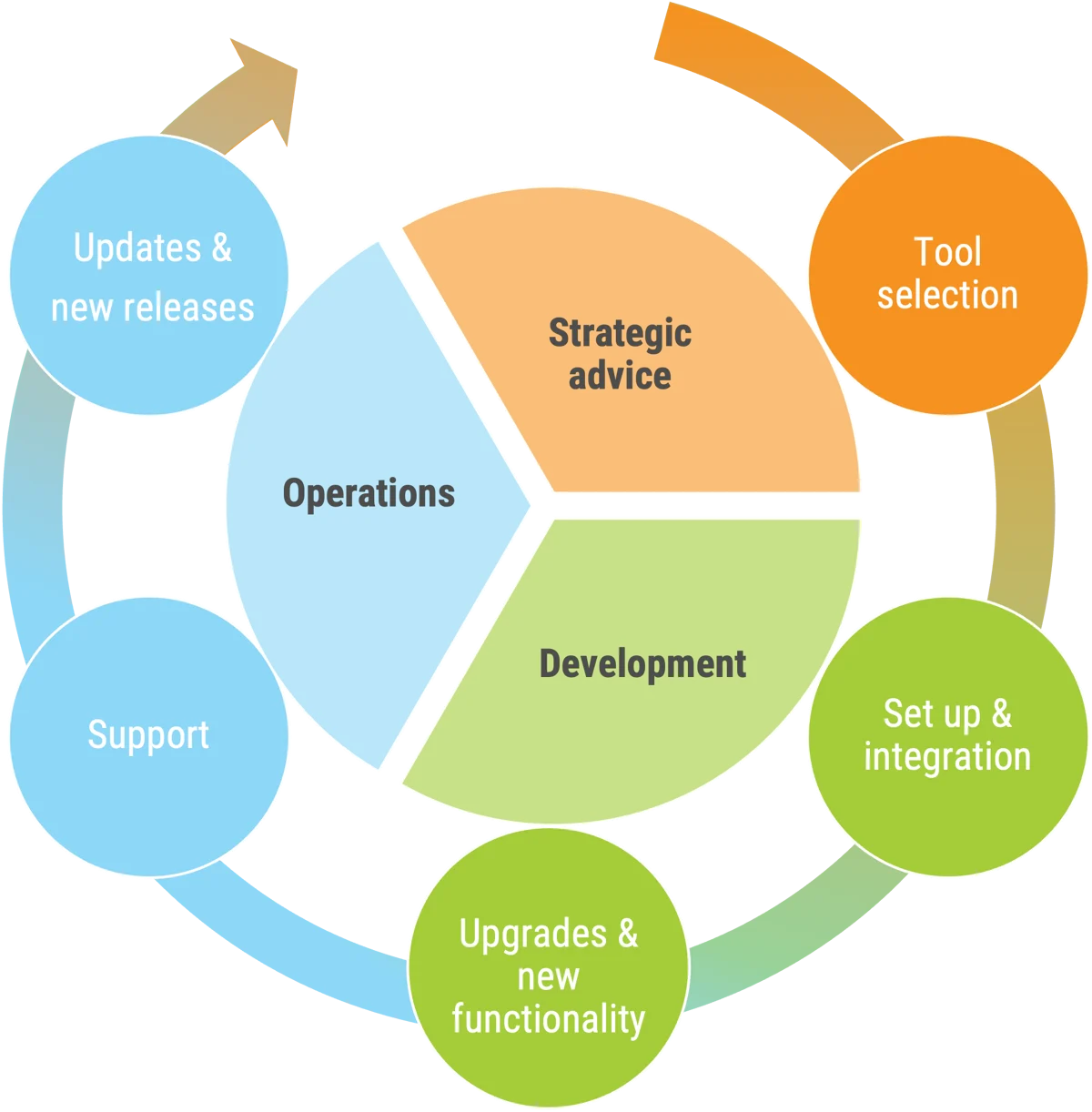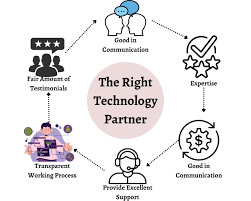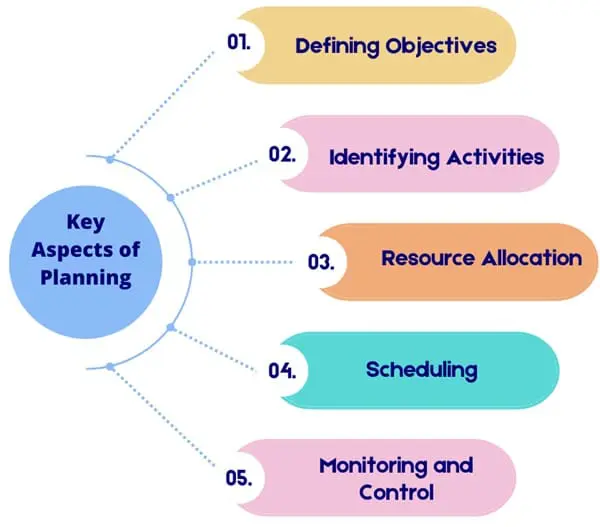Introduction
In today’s fast-paced digital landscape, businesses need to develop and deploy applications faster than ever. Low-code and no-code platforms have emerged as powerful solutions that enable organizations to create applications with minimal manual coding. But when it comes to Low-Code vs No-Code: Which One Should You Use?, the choice depends on your business needs, technical expertise, and long-term scalability goals.
Explore our in-depth guide to Low-Code Development Platforms here.
What Is Low-Code?
Low-code platforms are development environments that allow developers and IT teams to build applications quickly using a visual interface combined with minimal hand-coding.
They are best suited for organizations that require:
- Complex, customizable solutions
- Integration with existing enterprise systems
- Scalability for large user bases
Example: Building an ERP system with custom workflows that integrate with your CRM and supply chain systems.
What Is No-Code?
No-code platforms enable users without programming knowledge to build fully functional applications using drag-and-drop tools and pre-built components.
These platforms are perfect for:
- Small businesses and startups
- Simple, ready-to-use applications
- Quick prototypes and MVPs
Example: Creating an internal task management app for your marketing team in a matter of hours.
Is Low-Code Better Than No-Code?
When comparing low-code vs no-code, neither is universally better — it depends on your needs:
- Low-code offers more flexibility, control, and integration options.
- No-code offers speed, ease of use, and accessibility for non-technical teams.
Pro tip: If your project is expected to grow in complexity over time, low-code may be the safer investment.
Which Is Better: Code or No-Code?
Full-code development gives you unlimited flexibility but requires experienced developers and longer timelines.
No-code removes coding altogether, making it faster but more limited in customization.
For many organizations, a hybrid approach using low-code for core systems and no-code for quick solutions works best.
Which Is the Best Low-Code No-Code Platform?
While there are many options on the market, the “best” platform depends on:
- Integration needs (ERP, CRM, cloud services)
- User skill level
- Security and compliance requirements
- Budget
Platforms like OutSystems, Mendix, and Microsoft Power Apps are leaders in the low-code space, while Bubble, Adalo, and Airtable are popular no-code choices.
How to Choose the Right Low-Code, No-Code, or Process Automation Platform?
Here’s a step-by-step guide:
- Identify your business goals — Define what you want to achieve.
- Evaluate technical expertise — Assess the skills of your team.
- Consider integrations — Check how the platform connects with existing systems.
- Review scalability — Ensure the platform can handle growth.
- Test usability — Trial the platform to ensure it fits your workflow.
Low-Code vs No-Code: A Side-by-Side Comparison
| Feature | Low-Code | No-Code |
|---|---|---|
| Target Users | Developers & technical teams | Non-technical business users |
| Flexibility | High | Medium |
| Speed of Development | Fast | Very Fast |
| Customization | Extensive | Limited |
| Scalability | Enterprise-ready | Suitable for smaller projects |
| Integration Options | Broad and complex | Basic to moderate |
Why Choose Singleclic for Low-Code and No-Code Solutions?
At Singleclic, we help organizations across the Middle East and beyond leverage low-code and no-code platforms to accelerate digital transformation. Since 2013, we’ve delivered:
- Custom application development
- Integration with ERP, CRM, and cloud-native environments
- Secure, scalable solutions tailored to your industry
📞 Contact us today:
+2 010 259 99225 | +971 42 475421 | +966 58 1106563
🌐 Visit our website: https://singleclic.com
Conclusion
When deciding between low-code vs no-code, the choice comes down to balancing speed, customization, and scalability. For small-scale, rapid projects, no-code is ideal. For enterprise-level solutions with complex needs, low-code is the way to go.
Whichever path you choose, partnering with a trusted technology provider like Singleclic ensures you get the most out of your investment.







